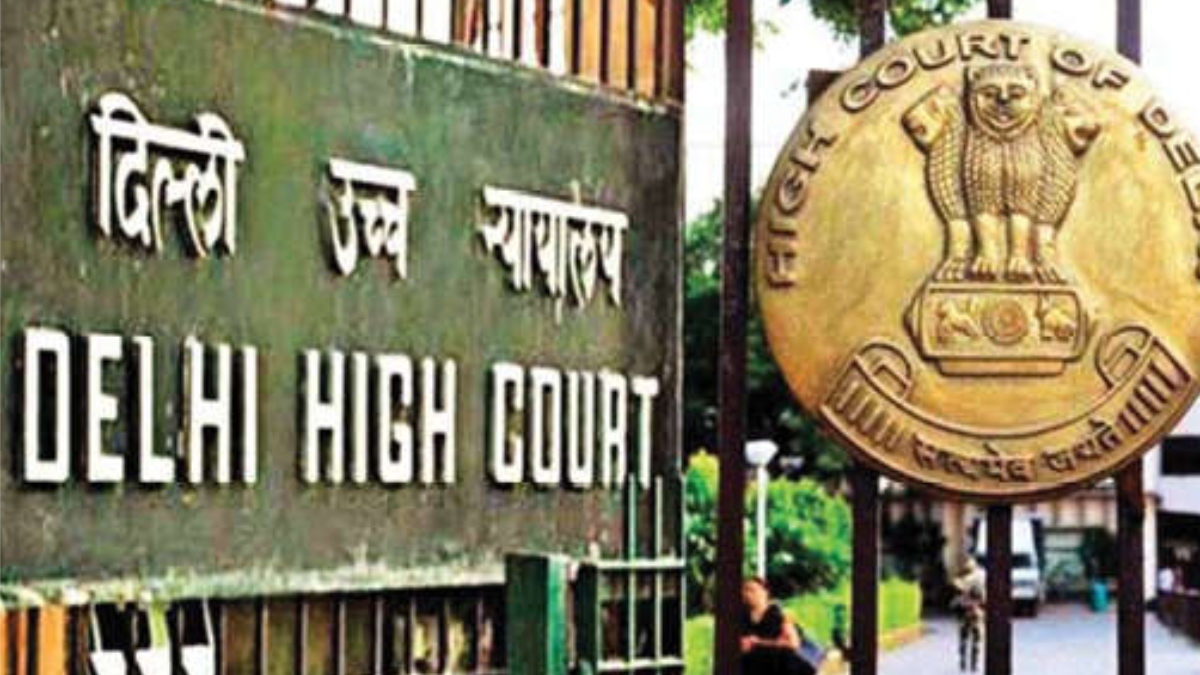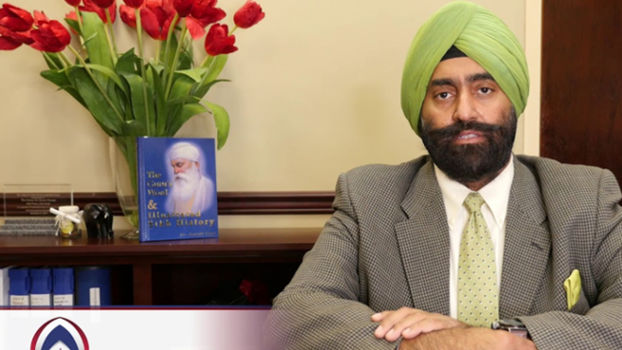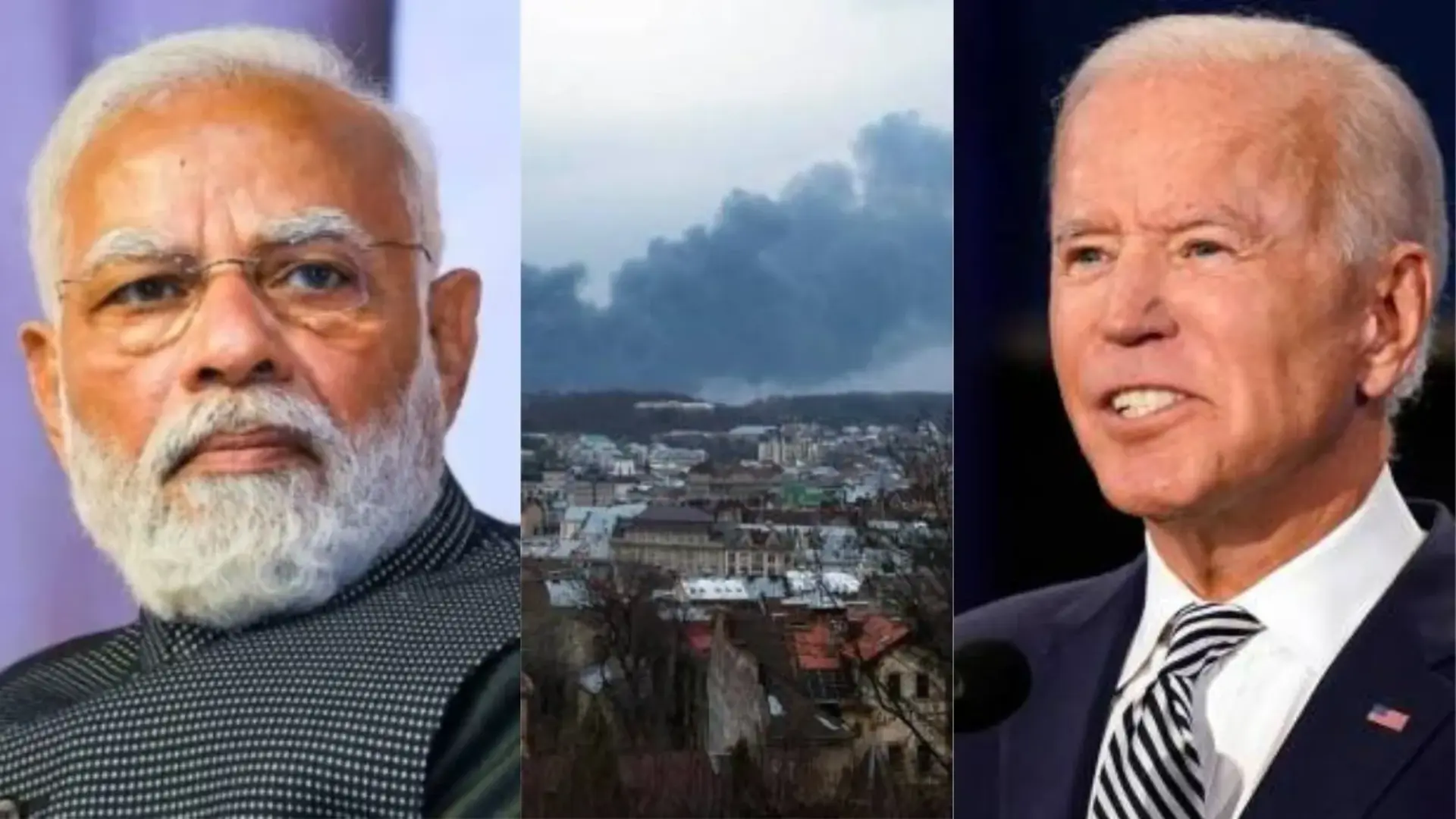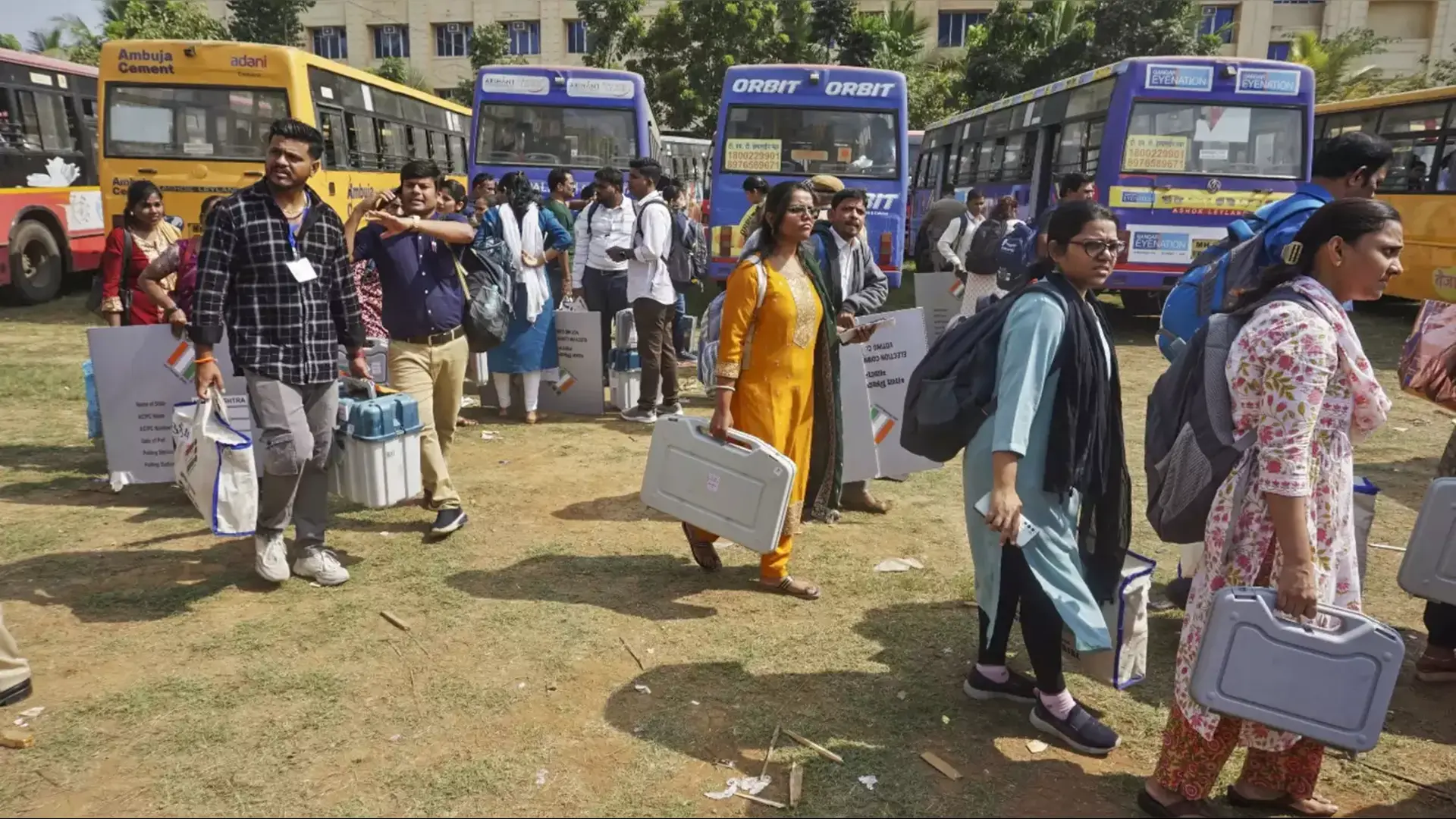
While observing clearly, cogently, categorically and convincingly that the hope expressed under Article 44 of the Constitution should not remain a ‘mere hope’, the Delhi High Court in a latest, learned, laudable and landmark judgment titled Satprakash Meena vs Alka Meena in C.R.P.1/2021 and CM APPL. 332/2021 that was reserved on 3 June and then finally delivered on 7 July, 2021 minced just absolutely no words in putting across the dire need for having a Uniform Civil Code after noting that the Indian society is gradually becoming homogenous while the traditional barriers are slowly disappearing. Justice Pratibha M Singh who delivered this extremely brilliant, bold, balanced and brief judgment observed without mincing any words that, “In modern Indian society which is gradually becoming homogenous, the traditional barriers of religion, community and caste are slowly dissipating. The youth of India belonging to various communities, tribes, castes or religions who solemnize their marriages ought not to be forced to struggle with issues arising due to conflicts in various personal laws, especially in relation to marriage and divorce.” What Justice Pratibha M Singh has pointed out is definitely the crying need of the hour also!
For far too long this most pressing issue of uniform civil code has been hanging fire and out law makers have just preferred to always look the other way round on it. Why is it that film actor Dharmender had to become Muslim to marry a second time? Why is it that the son of Bhajan Lal named Chander Mohan also had to change his name to Chander Mohammed and so also Anuradha Bali had to assume a Muslim name Fizza and convert to Islam just to marry each other as Chander was already married and in Hindu religion one cannot marry than one?
To put it mildly: Why when both Hindu men and Hindu women were barred from marrying more than one even though prior to the framing of the Hindu Marriage Act, 1955, both the Hindu men and Hindu women had the unfettered liberty to marry as many as they liked with Lord Krishna having 16,108 wives as reported in ‘The Times of India’ newspaper in 2018 and we all know how the Hindu kings like Shivaji among others had many wives with chief queen being Sai Bai Nimbalkar were people from other religion not similarly barred as my best friend Sageer Khan often asked me? There was just absolutely no limit and Sageer pointed out that Dr BR Ambedkar himself in his Hindu Code Bill 1951 had favoured the retention of polygamy among Hindus and was to be kept as a ground for divorce yet it was abolished by Nehruji which I feel was essential also to control population but Sageer Khan felt why people of other religion like Muslims of which he too forms a part were not touched with polygamy continuing unabated which definitely caused a lot of heartburn among Hindus due to which many convert to Islam to marry more than one women to which I nodded! It cannot be denied that this conversion menace that is rocking our country in many states especially in last few years as we see for ourselves due to which states are compelled to make laws to stop conversion?
To put it differently: Why is the root cause not addressed ever? What are our lawmakers afraid of? How can such a discriminatory and reprehensible approach be justified by any person believing in “equality”? Why this discriminatory approach has been continuing from 1955 till 2021? Why only Hindu men and women banned completely from marrying more than one but Muslims not touched till now? Why monogamy imposed only on Hindus?
This alone explains why my best friend Sageer Khan had no compunction to say in 1993 that, “Muslims enjoy the maximum liberty in India. We can marry more than one but Hindus cannot marry even if they want as they have been forbidden even though earlier they could marry as many as they wanted even in British India but we have not been forbidden. Why monogamy imposed only on Hindus? What Nehru did was utterly disgraceful?” I however feel that Nehruji didn’t want to hurt Muslims as country was fresh from partition wounds but what about other PM from Lal Bahadur Shastri till Narendra Damodardas Modi? Why can’t the wrong perpetrated since 1955 till now not be rectified as Sageer Khan often asked me?
Needless to say, this alone explains why Justice Pratibha M Singh had just no qualms to further add that, “The hope expressed in Article 44 of the Constitution that the State shall secure for its citizens Uniform Civil Code ought not to remain a mere hope.” While observing that there is a need for implementing the Uniform Civil Code, the Delhi High Court observed thus: “The need for a Uniform Civil Code as envisioned under Article 44 has been reiterated from time to time by the Supreme Court. Cases like the present one repeatedly highlight the need for such a Code – ‘common to all’, which would enable uniform principles being applied in respect of aspects such as marriage, divorce, succession etc., so that settled principles, safeguards and procedures can be laid down and citizens are not made to struggle due to the conflicts and contradictions in various personal laws.” With the aforesaid observations, the Delhi High Court set aside the judgment and directed the trial court to proceed with the adjudication of the petition under 13-1(ia) of the HMA, 1955 on merits and render a decision within six months.
To start with, Justice Pratibha M Singh of Delhi High Court sets the ball rolling by first and foremost putting forth in para 1 that, “The question in this petition is as to the applicability of The Hindu Marriage Act, 1955 (hereinafter referred as the “HMA, 1955”), in respect of the parties who belong to the Meena community in view of the exclusion under Section 2(2) of the HMA, 1955.”
While elaborating on the facts of the case, Justice Pratibha then discloses in para 2 that, “The Petitioner – Mr. Satprakash Meena and the Respondent- Ms. Alka Meena got married on 24th June, 2012. According to the Petitioner, the marriage was solemnized in Jaipur, Rajasthan, as per Hindu rites and customs. Both the parties belong to the Meena community and the same is an admitted position. The Petitioner is an engineer who is working in Delhi and the Respondent is stated to be a house maker. The parties have a minor child namely Master Lakshya, who was born on 12th April, 2013 in Delhi.”
While elaborating further, the Bench then states in para 3 that, “A petition seeking divorce under Section 13-1(ia) of the HMA, 1955was filed by the Petitioner on 2nd December, 2015, before the Principal Judge (West), Family Court, Tis Hazari, Delhi. The Respondent did not appear in the said petition. There is a dispute as to whether the Respondent was served or not. The Respondent, however, preferred a transfer petition being Alka Meena v. Satprakash Meena [Transfer Petition Civil No. 1671/2016] before the Supreme Court. In the said transfer petition, according to the Petitioner, the Respondent took a categorical stand that the marriage was solemnized as per the Hindu rites and customs. Vide order dated 6th April, 2017, the transfer petition was disposed of, however, the Respondent was permitted to avail of the facility to participate in the proceedings through video conferencing.”
be sure, Justice Pratibha then mentions in para 4 that, “An FIR was lodged by the Respondent under The Protection of Women from Domestic Violence Act, 2005 (hereinafter the “DV Act”) as also an application seeking maintenance, under Section 125 of The Code of Criminal Procedure, 1973(hereinafter the “CrPC”) in the city of Jaipur.”
To put things in perspective, the Bench then points out in para 5 that, “In the divorce petition, since the Respondent did not appear, she was proceeded ex-parte. However, after she was permitted to participate in the proceedings through video conferencing by the Supreme Court (in the transfer petition), she filed an application under Order VII Rule 10 and Order VII Rule 11 of The Code of Civil Procedure, 1908 (hereinafter “the CPC”) before the Family Court. In the said application she prayed for rejection of the divorce petition, on the ground that the provisions of the HMA, 1955 do not apply to the parties concerned as they are members of a notified Scheduled Tribe in Rajasthan, and hence the HMA, 1955 would not be applicable to the case of the said parties in view of Section 2(2) of the HMA, 1955.”
As it turned out, Justice Pratibha then reveals in para 6 that, “The said application was decided by the Family Court and the divorce petition was dismissed by holding that the provisions of the HMA, 1955 do not extend to the Meena community, which is a notified Scheduled Tribe. The said order dated 28th November, 2020 is under challenge in the present petition.”
Furthermore, Justice Pratibha then mentions in para 23 that, “The parties in this petition, both belong to the Meena Community. It is the case of the wife that the Meena community is covered by the exclusion under Section 2(2) of the HMA which reads:
“(2) Notwithstanding anything contained in subsection (1), nothing contained in this Act shall apply to the members of any Scheduled tribe within the meaning of clause (25) of article 366 of the Constitution unless the Central Government, by notification in the Official Gazette, otherwise directs.””
What’s more, the Bench then observes in para 24 that, “The divorce petition under Section 13-1(ia) of the HMA was dismissed by the trial court on the basis of the exclusion in Section 2(2) of the HMA, 1955. The trial court had not conducted the trial in the petition or considered the evidence in the matter, but summarily dismissed the petition simply on the ground that since the parties belong to the Meena Community, the provisions of the HMA, 1955 would not be applicable. The relevant extracts of the trial court judgment read as under:-
“7. Hence, by Sub-Section 2 of Section 2 of HMA, Hindu Marriage Act is not applicable to the members of Scheduled tribe within the meaning of Clause 25 of Article 366 of the Constitution, unless the Central Government by notification in the official Gazette otherwise directs. No such notification is put forth or pleaded before the court by any of the sides.















